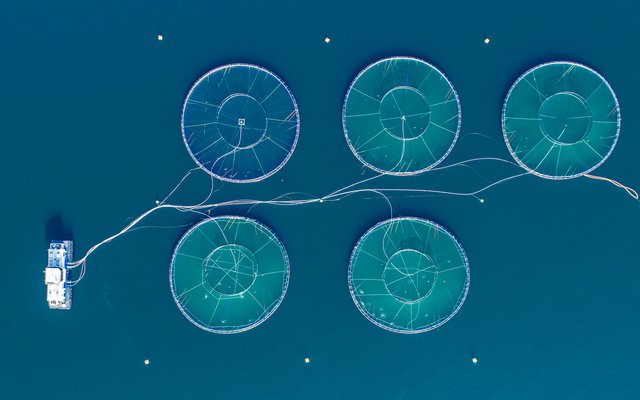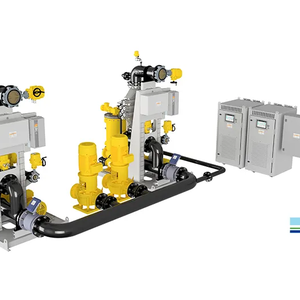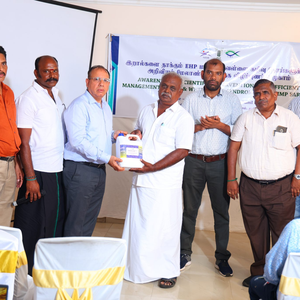The Center for Aquaculture Technologies Canada (CATC) unveiled its Tenacibaculosis Challenge Model.
The aquaculture industry faces numerous challenges, however, including disease outbreaks. According to the Norway Veterinary Institute, 62.7 million farmed salmon died in the sea phase in Norway alone in 2023, corresponding to a staggering 16.7% of farmed salmon released.
CATC’s new Tenacibaculosis Challenge Model is designed to accelerate research into vaccines and feed additives for this cause of mortality in farmed salmon, or the identification of genetically resistant strains. While antibiotic treatments are occasionally used against Tenacibaculum, their effectiveness is variable, and no reliable prophylactic treatment currently exists. This Tenacibaculosis Challenge Model aims to provide the necessary tools to alleviate this gap, pulling the industry forward and away from a vulnerable position. Leveraging state-of-the-art technology and facilities, unparalleled expertise, and a relentless pursuit of excellence, this innovative model promises to advance the pharma and feed sector by providing a range of solutions to salmon farmers globally.
CATC’s Tenacibaculosis Challenge Model represents a groundbreaking approach to tackling the obstacles of this disease head-on. Bespoke services with this new challenge model are available, allowing customization to the outcome, goal, product, or client’s needs. Jordan Poley, manager of laboratory technologies at CATC, shared the tip of the iceberg when it comes to the capabilities of CATC’s new challenge model. “Starting with benchtop testing, simple agar or broth-based MIC/MLC assays can be useful for screening new test products for efficacy against a pathogen. In tanks, we can incorporate flexibility into your study using different models for newly post-smolt or larger salmon that mirror clinical signs observed in the field. If Tenacibaculum spp. are potentially causing issues on your farm, CATC offers a qPCR diagnostic and multi-locus sequence typing assay for geographical linkage of the isolate.”
“As pioneers in aquaculture technology, we recognize the urgent need for innovative solutions to ensure the sustainability and resilience of the industry,” said Myrna Gillis, CEO of The Center for Aquaculture Technologies Canada. “The Tenacibaculosis Challenge Model represents our commitment to driving positive change by harnessing the collective ingenuity of the global research community.”
Researchers, institutions, and industry stakeholders interested in leveraging The Center for Aquaculture Technologies Canada’s cutting-edge research services can visit www.aquatechcenter.comfor more information.













